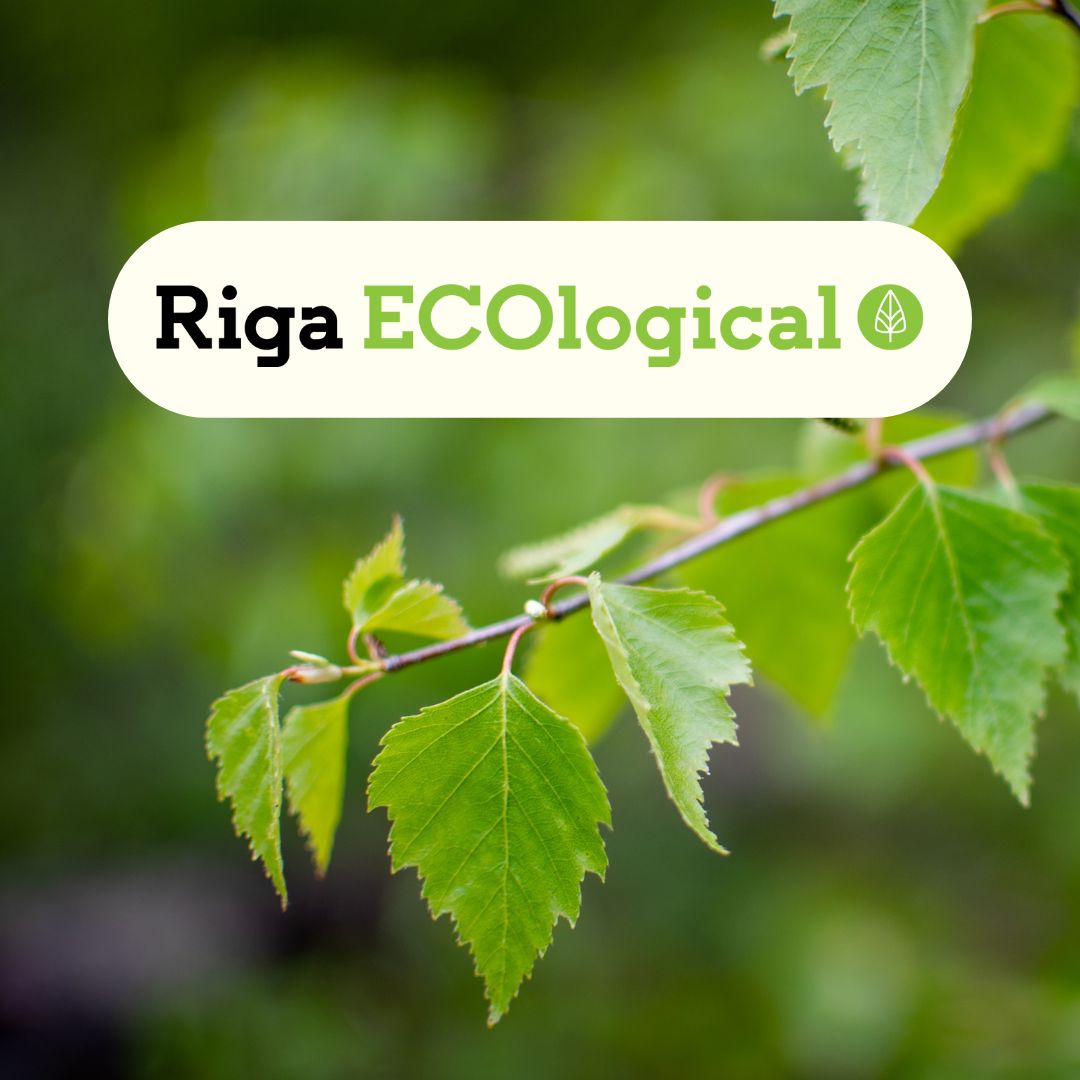RIGA ECOlogical – new lignin based glue for RIGA plywood
27.05.2019
Latvijas Finieris has developed for its well-known RIGA Birch Plywood a new Green Glue RIGA ECOlogical, where Bio-Based Renewable Lignin to a significant extent is used as replacement of the traditional Fossil Phenol. This technological breakthrough, reached in cooperation with joint development partner Stora Enso, World Leader in Chemical and Mechanical Forest Industry, can be considered as the most significant innovation in Plywood Gluing since many decades.
“We always do our maximum, to offer our customers the latest product solutions and technology. But our gluing technology development where Stora Enso Kraft lignin Lineo™ is being used is even more. It reduces carbon footprint of RIGA Plywood from production to its end-uses, offering to RIGA customers a significant competitive advantage in the increasingly green business environment.”
Mārtiņš Lācis, Latvijas Finieris Executive Board Member.
Production reports, together with industrial end-users’ trials in their own production line, show that all technical properties of RIGA Plywood remain unchanged when applying this new, more environmentally friendly lignin gluing technology. Latvijas Finieris intention is to gradually launch plywood products glued with green RIGA ECOlogical within year 2019.
“We have studied the possibility of replacing Fossil-Based Phenol with Sustainable Bio-Based Lignin in our glue since some years already. Lignin is a recyclable and ecologically friendly product, abundantly available in the entire world in trees and plants. Therefore, it has recently become important subject to active research, to develop new and more sophisticated uses for it. This rising technological wave with most promising results belongs today to the World’s Megatrends. RIGA ECOlogical is one of them. Of course, it’s only the beginning. Our aim is to develop completely fossil free plywood glue in a future, although there is still a lot of research work ahead to achieve that.”
All woods contain 20-30% of Lignin, which together with Cellulose forms the woody cell walls of trees and binds together the wood fibers and cells. This strong and rigid structure allows the trees to stand and grow upright. Industrial Lignin is usually extracted from wood as a powderous by-product in chemical «Kraft» Pulp production. Still until the 2000’s, the main use of Lignin has been energy production by burning.












